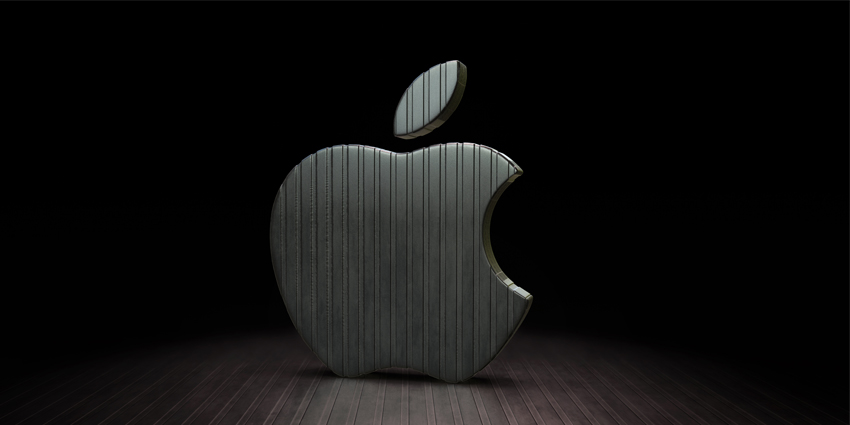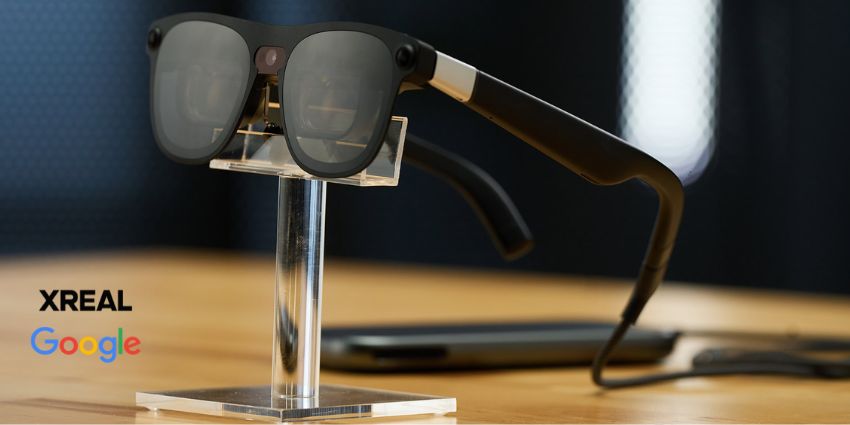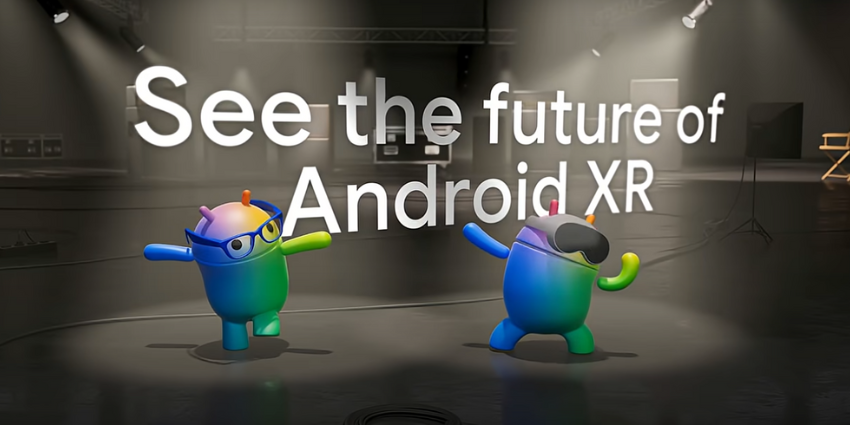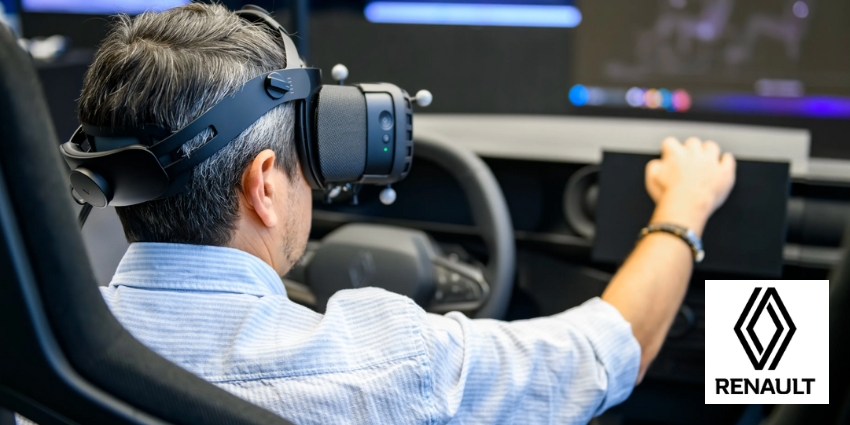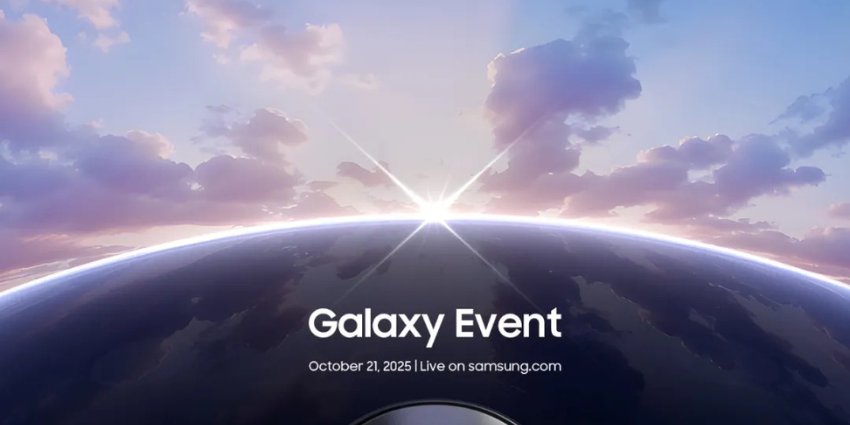Last month, during WWDC 2024, Apple announced the long-awaited news that the Vision Pro will reach several new territories by early July 2024.
As of Friday, June 28, Apple debuted its MR headset in China (mainland, 24,502 CNY), Japan (484,415 JPY), and Singapore (4,725 SGD). Apple is also debuting the Vision Pro in Australia (5,195 AUD), Canada (4,725 CAD), France (3,245 EUR), Germany (3,245 EUR), and the United Kingdom (2,785 GBP) starting Friday, July 12.
In the buildup to this increase in general availability, reports are emerging showing how Apple is reacting to this new influx of potential customers. Apple is refining the distribution process to improve the supply chain from manufacturing to customer-facing in-store demoing.
As noted, Apple is close to debuting the Vision Pro in Australia, Canada, France, Germany, and the United Kingdom; as these regional windows come, Apple is refining processes in Eastern territories.
Apple Eyes LG and Samsung as New Display Partners
Recent reports from Chinese publications have highlighted how Apple may ramp up supply chains to produce more Vision Pro devices.
The news comes right after Apple announced the new international availability of the Vision Pro—presumably, Apple is scaling up its hardware manufacturing capabilities ahead of a perceived influx of worldwide orders.
Chinese reports state that Apple is approaching new partners to request the materials required to develop its OLED+CF display. Apple is apparently working with two of the region’s panel manufacturers to secure this new OLED order.
Following Apple’s desire to increase Vision Pro production capacities, Apple is moving from its Sony OLED manufacturing reliance that requires a maximum cap of 900,000 units per year.
Instead, Apple sent a Request for Information to Samsung Display and LG Display to analyze whether either firm was equipped to take on Apple’s order.
Notably, the Request for Information concerns each display manufacturer’s ability to develop OLEDoS (OLED on Silicon) based products.
According to reports, Apple’s interest in Oledos could highlight increased product manufacturing while stabilizing supply chains. This would be due to Pro’s market expansion and an upcoming cheaper product variety.
Samsung Display and LG Display have not confirmed the news yet, but the request could prove financially fruitful if Vision Pro orders do increase.
Earlier this year, Apple informed its component suppliers about delaying the production of the next Vision Pro model. Despite the delays, it seems that Apple is planning to debut a cheaper Vision Pro in late 2025 or early 2026.
Reports state that Apple’s Vision Products Group is facing production difficulties. Bloomberg noted that Apple’s Vision Products Group and top executives are reevaluating the device’s roadmap, with discussions on improving distribution and adoption of the device via a cheaper model.
Moreover, the report states that Apple has been working on a cheaper iteration of the Vision Pro for years, with forecasts predicting that the more affordable model will cost roughly $1,500 to $2,000.
With the most recent news of Apple transitioning its display partners, the June delays could have led to the move towards LG Displays and Samsung Displays as it works towards international distribution and a cheaper variety.
Apple Improves In-Store Demos
As Apple ramps up its display supply chain, the customer-facing side of sales and the deployment of Vision Pro are slightly altered. According to various reports, Apple is altering the Vision Pro for in-store demos in China, Japan, and Singapore.
Starting end of this week, Apple is changing the default band for Vision Pro demos at Apple stores from the Solo Loop to the Dual Loop (which many people find far more comfortable). I wonder if Apple will make this switch in box as well.
— Mark Gurman (@markgurman) June 24, 2024
Following the device’s debut in each region, Apple is demoing the product using the Dual Loop Band instead of the Solo Knit Band. The move highlights Apple’s preference as the firm designs in-store demos to introduce its MR headset to new consumers and present the best experience.
Weight and form factors are crucial for a headset manufacturer. Notably, the weight of a headset like the Vision Pro is a long-term or short-term concern, especially in enterprise productivity settings.
Apple’s changing of in-store demos may highlight how the Dual Loop Band could become the norm moving forward. Apple has not commented on the in-store preference.
Apple Scales Enterprise APIs and Considerations
Alongside Vision Pro’s general availability at WWDC, Apple also showcased how it is scaling its spatial computing vision in an attempt to match today’s enterprise needs.
Apple’s new Enterprise API features open the product to new workplace opportunities. To unlock these opportunities, Apple is improving sensor access, visual capabilities, spatial barcodes, QR code scanning frameworks, Apple Neural Engine support, and enhanced object-tracking capabilities.
The enterprise APIs are only available to Apple Developer Program or Apple Developer Enterprise Program account holders via request.
Moreover, Apple is upgrading its operating system, which powers Vision Pro, to VisionOS version 2. Apple has not disclosed all the new features of visionOS 2. Still, the company highlights new tools such as 3D spatial recordings, new hand gestures for the Home View space, Mac Virtual Display optimization, Travel Mode, and Guest User updates.
During the WWDC reveal of visionOS 2, Apple CEO Tim Cook added, “we can’t wait for more people to see the impossible become possible,” such as “working and collaborating with an infinite canvas for apps.”
